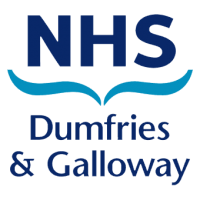
Do NOT dipstick or use a CSU to diagnose CA-UTI. All patients with a long-term indwelling catheter will have bacteria in their urine and will have positive dipsticks / urine culture even in the absence of CA-UTI. Only treat if systemically unwell or pyelonephritis. Antibiotics will not eradicate asymptomatic bacteriuria. Refer to: SAPG Infection-Specific Guidance: UTIs

Treat with antibiotics if CA-UTI is likely AND ≥1 of the following signs/symptoms are present:
• New onset costovertebral tenderness
• Rigors
• New delirium
• Fever ≥38.0°C

Send urine for culture ONLY if the above criteria are met. Collect prior to starting antibiotics.

How to obtain a CSU:
• Catheter retained - from sampling port using aseptic technique, and not from collection bag. See: Nursing Times Article on CSU collection
• Catheter replaced - from new catheter
• Catheter removed - obtain mid-stream urine sample.

Remove and replace the urinary catheter (if still required) if in place for >7 days, but do not delay starting antibiotic treatment. Review need for long term catheter, in consultation with specialists if indicated.

Do NOT routinely offer antibiotic prophylaxis to prevent CA-UTI. Advise to seek medical help if acute UTI symptoms develop. Consider referral to urology for specialist input.
Clinical signs/symptoms of Upper CA-UTI
Treat as Upper UTI / pyelonephritis.
Refer to: Urinary Tract: Upper UTI/pyelonephritis (adult men and women incl. pregnancy)
Clinical signs/symptoms of Lower CA-UTI
First line
Trimethoprim dose (caution with eGFR <30ml/min)
or
Nitrofurantoin dose (contraindicated with eGFR <30ml/min; caution with eGFR 30-44ml/min [for short term use only])
or
Amoxicillin dose (if amoxicillin/co-amoxiclav not used in previous episode AND recent urine culture reported as susceptible)
Renal impairment/Second line
Pivmecillinam dose (a penicillin)
or
Penicillin Allergy (mild): Cefalexin dose
or
Penicillin Allergy (severe): Ciprofloxacin dose (See: MHRA advice, D&G Quinolone Poster; PIL must be provided)
Duration: 7 days
Refer to:

